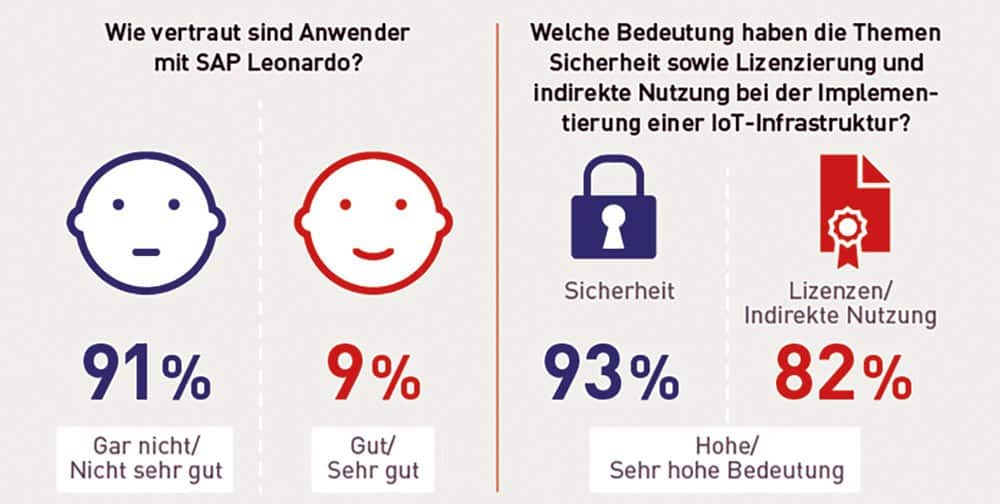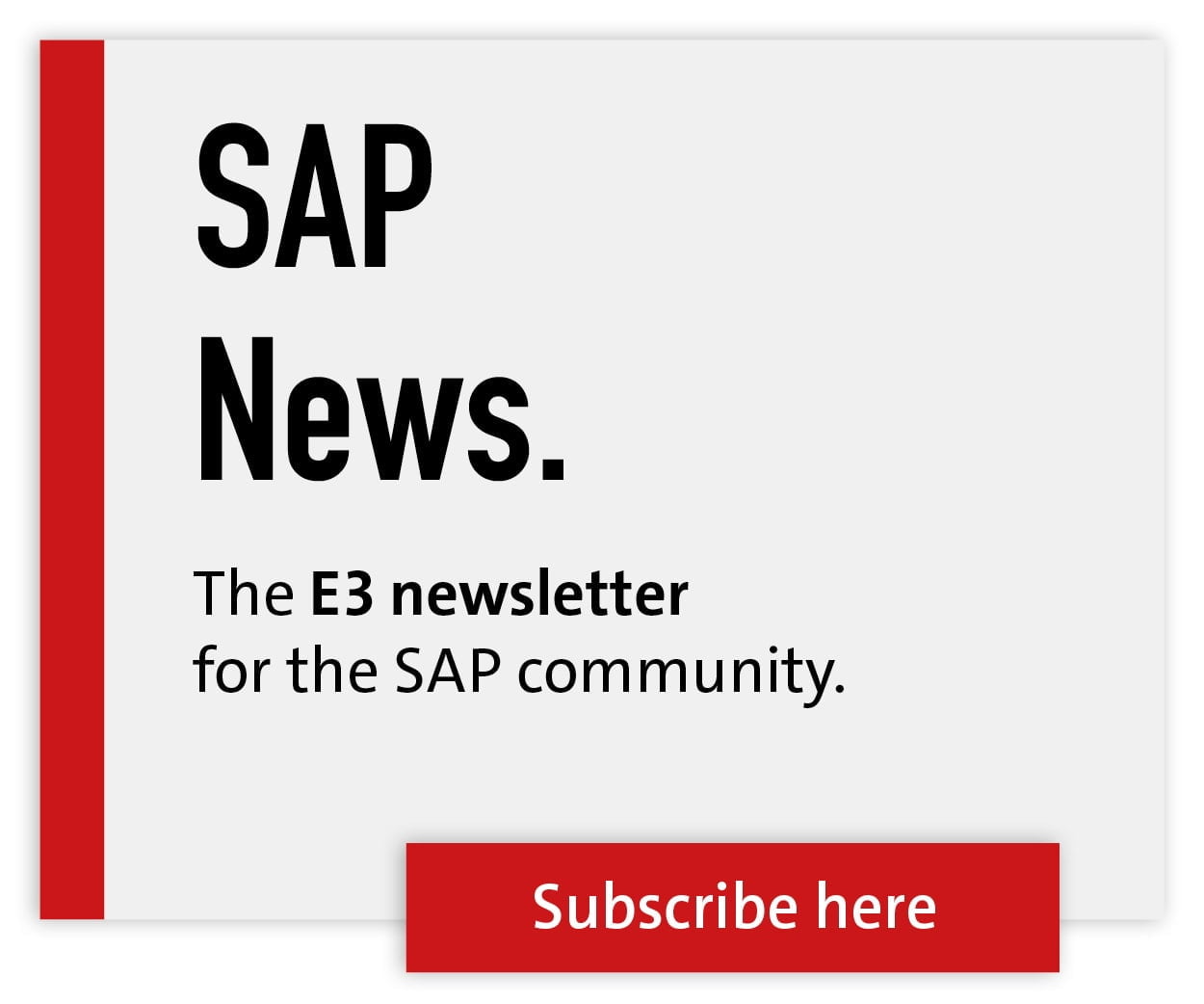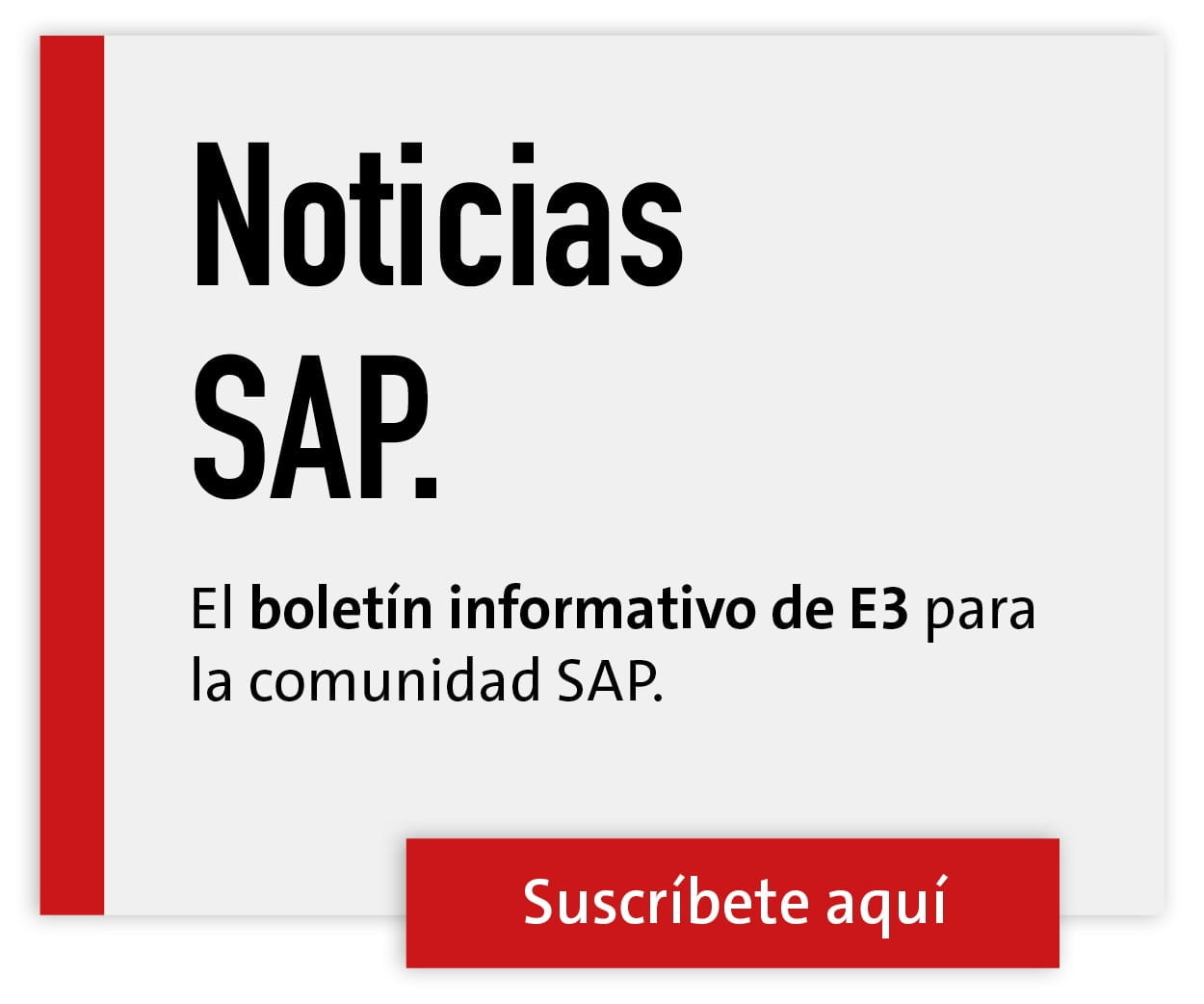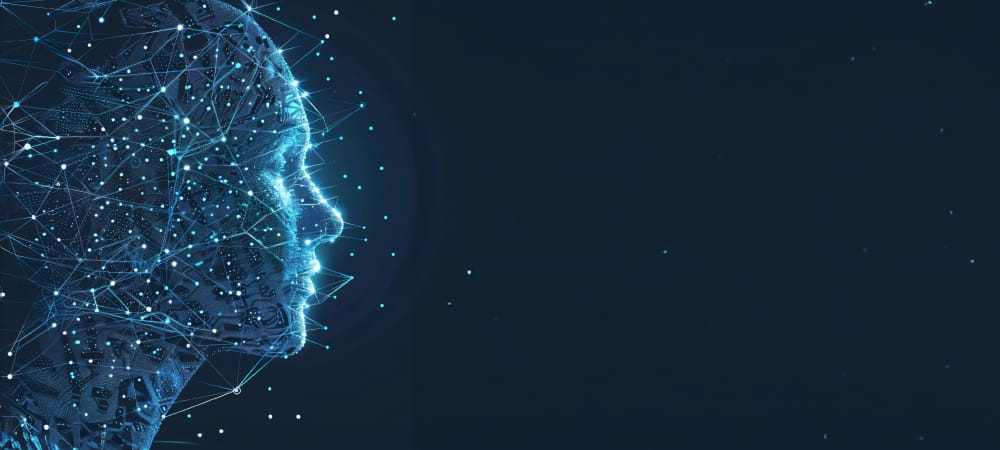Internet of Security and Licenses


The verdict on Leonardo was clear and sobering for SAP: 82 percent of the DSAG members surveyed attribute little to no importance to the new brand for IoT and artificial intelligence in their digital strategy, according to the results of a recently published study.
There are probably several reasons for this reluctance: On the one hand, Leonardo has only recently been introduced. The decision-relevant knowledge is available in very few companies. For example, over 90 percent of the DSAG members surveyed state that they are currently not very familiar or not familiar at all with the IoT platform.
On the other hand, the respondents also perceive the offerings beyond SAP. Here, too, 79 percent of the companies surveyed (all existing customers) see SAP as an important partner in digitization.
Marco Lenck on this:
"A prerequisite for success is educational work and comprehensible information on the part of SAP, especially that SAP's digitization strategy is visible for business decisions."
A third, very important point is the still unsatisfactory solution to the licensing issue. Here, the question arises as to whether and in what form integrated devices entail license costs and whether information from machine sensors is to be assessed differently from manual data entry.
DSAG members see the most important challenges that SAP still has to overcome in the Internet of Things area as being in the area of licenses/indirect use in the area of security. According to DSAG, IoT projects require an end-to-end security architecture and corresponding governance models.
Uniform standards must be created and adhered to in order to operate heterogeneous landscapes. The transition from old to new contracts must preserve existing entitlements and be supported by a uniform pricing and licensing model.
What is needed is a sustainable and clear pricing model that is aligned with the business and keeps risks manageable, even in an IoT environment.
Digitalization brakes
Without clarifying these and other points, digitization projects will not be able to be adequately implemented, is the message from DSAG Board Chairman Marco Lenck.
In order to adequately implement necessary digitization projects, companies need a stable ERP core that maps the essential business processes but can be updated quickly and easily.
"That's not where we are today," said Lenck in his keynote address at the DSAG Annual Congress in Bremen. In addition, the core must be supplemented with flexibly configurable solutions. Only in this way can end-to-end processes be realized as an elementary component of digital business models across company boundaries.
"The solution is not, for example, a two-speed IT infrastructure, as is often claimed. We will use hybrid systems to meet the challenge of digital transformation."
Marco Lenck explains.
"Hybrid scenarios, however, require fully comprehensive and preventive security concepts. This is where SAP must deliver."
Seventy percent of those surveyed consider S/4 to be highly to very highly relevant for digital transformation. However, more than half also see the Business Suite as a future prospect for digital projects. Accordingly, DSAG members rely on both solutions.
"For us users, it is essential that SAP creates more transparency with regard to the maturity level and performance scopes of the new products and also drives the further development of the Business Suite more strongly"
is the DSAG's call to SAP.

Unknown SAP Cloud Platform
The SAP cloud platform also still seems to be an unknown quantity for many DSAG members. Almost half attribute little to no relevance to it, even though it was developed precisely for flexible digital business processes.
And the other cloud solutions are hardly considered by the more than 3300 DSAG member companies for digital transformation.
One of DSAG's tasks is to critically question the extent to which platforms such as Ariba, SuccessFactors and Concur can really be integrated into existing IT environments and where their concrete benefits for SAP users lie.
It can also be assumed that the further development of add-on products around the digital core will primarily take place in the cloud.
However, customers have already purchased licenses for their business process applications. Therefore, care must be taken to ensure that this does not lead to double licensing. DSAG continues to advocate this.
According to a self-assessment, companies are still at the beginning of the digital transformation. This situation gives rise to the following mission for SAP, as formulated by Marco Lenck:
"SAP is technically on its way. However, that is not enough for us. From SAP, we need solutions that work, with simple updates and security concepts, reliable information so that companies can define their digitization strategy. And last, but not least, transparent costs with breathing licensing models that enable sustainable business cases."
Intensive talks are currently taking place between DSAG and SAP. These could lead to initial results as early as the end of the year.
SAP Data Hub
SAP Chief Technology Officer Bernd Leukert reiterated the importance of Leonardo at the DSAG annual congress and presented the new SAP Data Hub, among other things. Companies should be able to use it to manage the complexity of their data systems and make the huge amounts of data from more and more sources usable.
The Data Hub is designed to enable value creation across the heterogeneous data landscape through data integration, orchestration and governance.
"Enterprises are looking for a unified and open solution to extend and accelerate the flow of data across all their data landscapes and make it accessible to all users"
Leukert explained.
"SAP Data Hub bridges the gap between Big Data and enterprise data. The solution enables the development of applications that unlock the potential of data across the organization, whether that data resides in the cloud or on on-premises systems, in a data lake or enterprise data warehouse, in an SAP or non-SAP system."
SAP Data Hub gives organizations a view of the entire data landscape, from SAP software sources such as the Hana platform to non-SAP sources such as Apache Hadoop.
With the unified design environment, powerful data pipelines are possible to retrieve, harmonize, transform, and process information from a wide variety of sources across the organization, he said.
Demands of the DSAG
- SAP must create more transparency with regard to the maturity level and scope of services of the products.
- A vertical licensing model is urgently needed that accounts for license costs in a fair and business-oriented manner, independent of on-premise and cloud scenarios - whether leased or purchased.
- Hybrid scenarios require fully comprehensive and preventive security concepts.
- SAP must disclose its IoT strategy. This must fit the customer roadmaps.
- SAP must prove that platforms such as Ariba, SuccessFactors and Concur can really be integrated and where their concrete benefits for SAP users lie.






